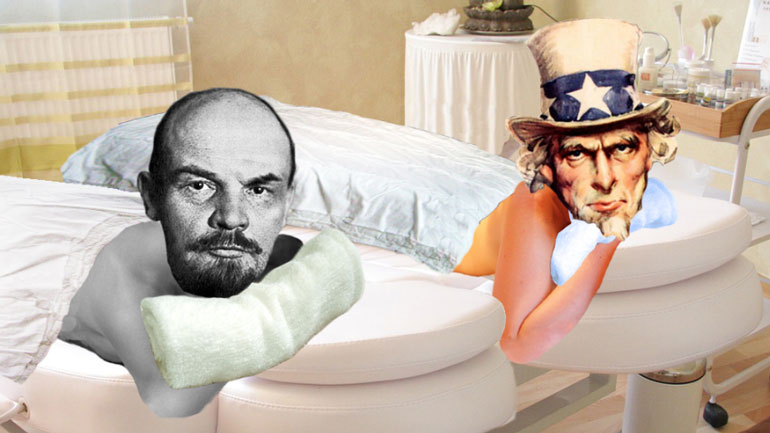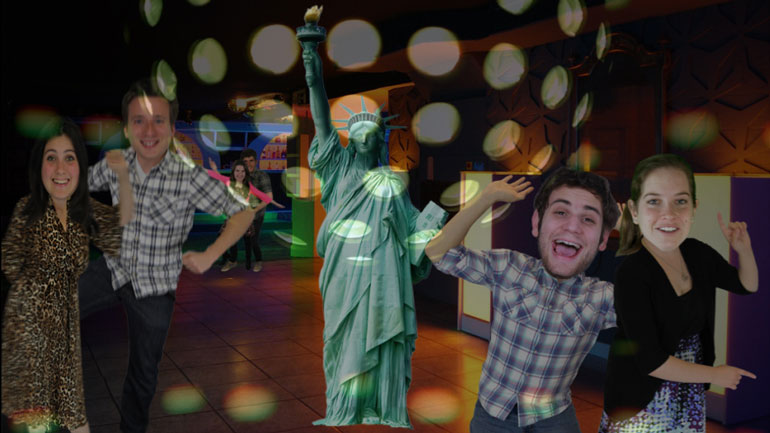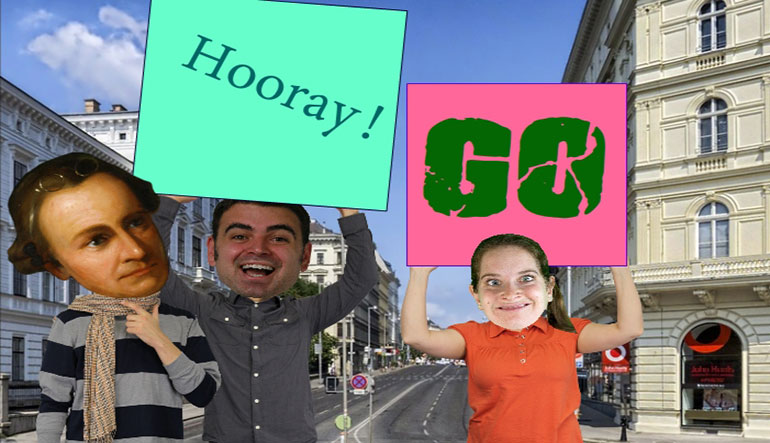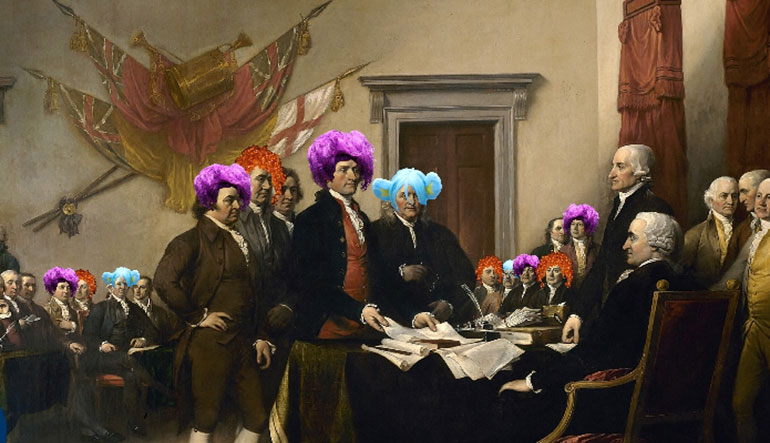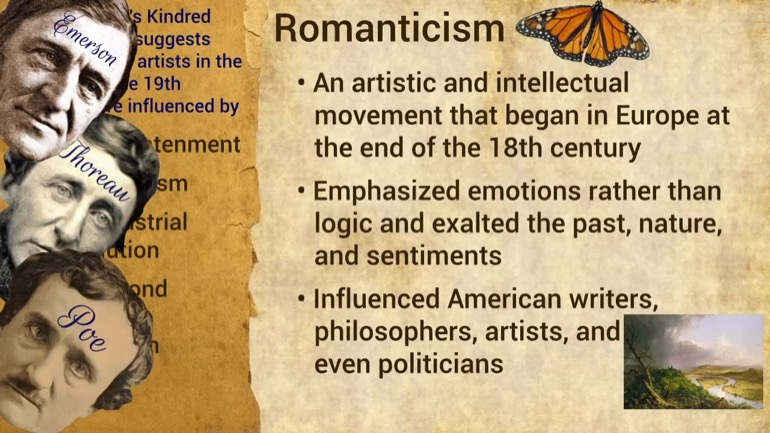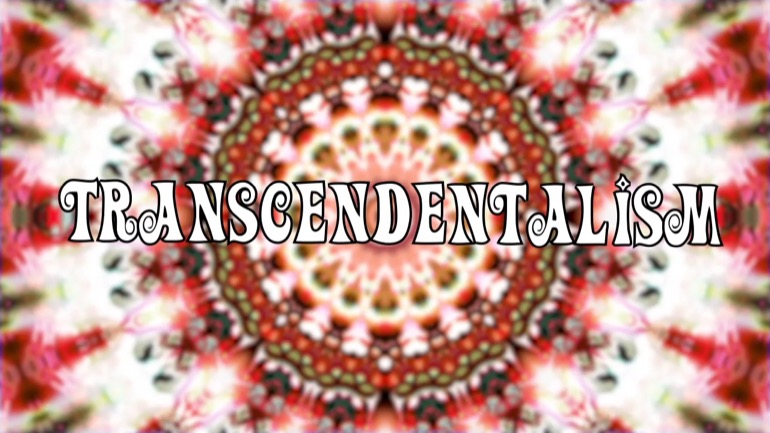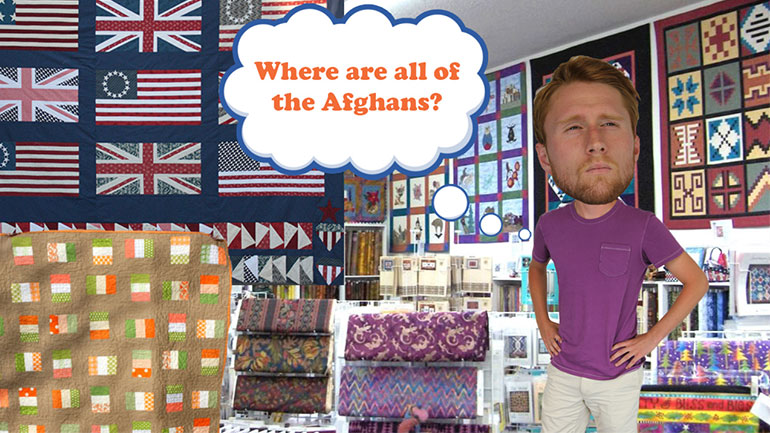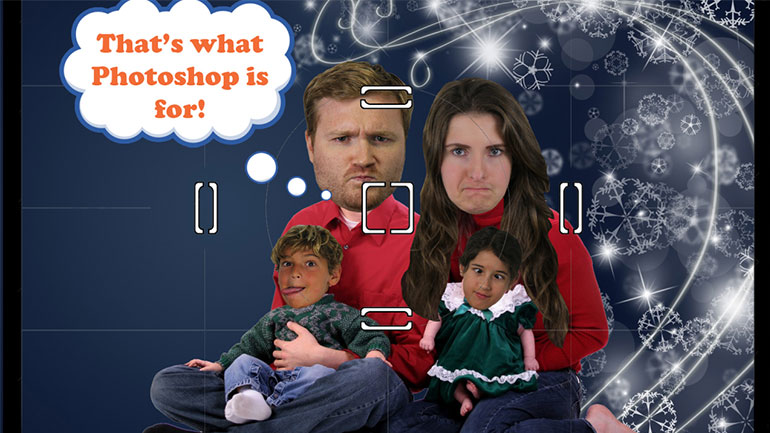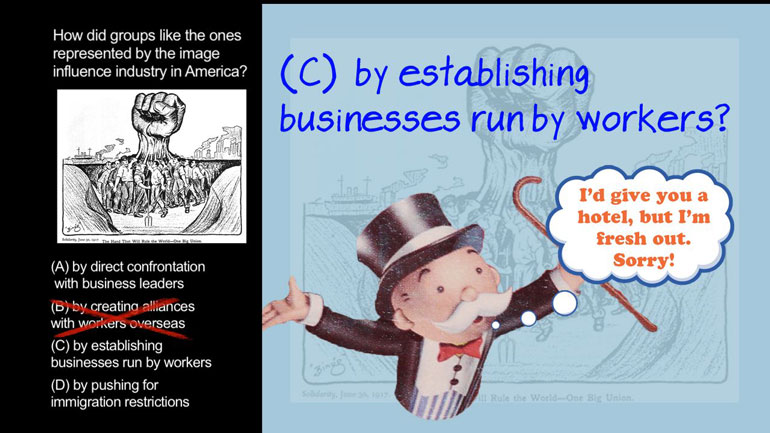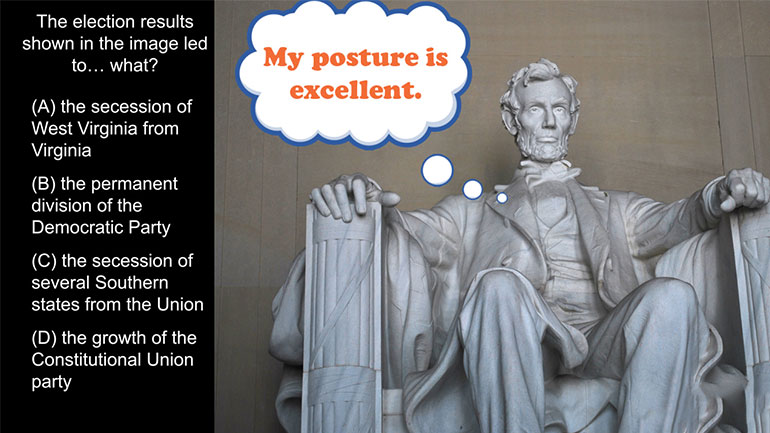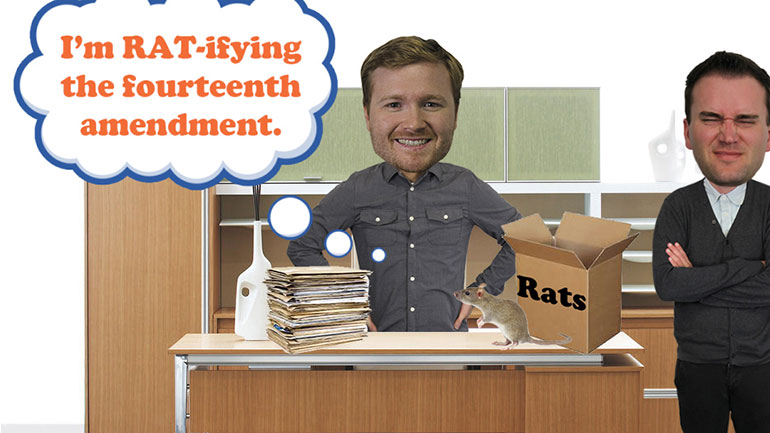ShmoopTube
Where Monty Python meets your 10th grade teacher.
Search Thousands of Shmoop Videos
Playlist U.S. History: 1980 – Present 10 videos
AP U.S. History 1.1 Period 9: 1980-Present. The success of the Republican Party's fiscal policies in the 1980s and 1990s was accompanied by...what?
AP U.S. History 1.2 Period 9: 1980-Present. Which of the following historical events would undermine the promises made by the Republican Party in i...
AP U.S. History 1.3 Period 9: 1980-Present. Reagan's statement reflects what shift in American relations with regards to the Soviet Union?
AP U.S. History 1.4 Period 9: 1980-Present 214 Views
Share It!
Description:
AP U.S. History: Populism Drill 1, Problem 1. In this AP U.S. History question figure out which answer best describes the foriegn policy of America between the collapse of the Soviet Union and the attacks of September 11th.
Transcript
- 00:00
[ musical flourish ]
- 00:03
And here's your Shmoop du jour, brought to you by deescalation,
- 00:06
the movement to eliminate escalators.
- 00:09
Yeah. We're going for elevators instead.
- 00:11
These things. Yeah. All right.
Full Transcript
- 00:13
All right, give this excerpt a read.
- 00:15
[ mumbles in rasping voice ]
- 00:18
[ raspy mumbling continues ] Well, Nancy.
- 00:21
[ mumbling ] Just say no.
- 00:25
Okay, and the question:
- 00:26
In between the collapse of the Soviet Union and the attacks of September 11th,
- 00:31
the United States' foreign policy could best be characterized as one that... what?
- 00:35
And here are your potential answers.
- 00:36
[ mumbling ]
- 00:42
All right, well, here we go.
- 00:43
When the Cold War ended, the U.S. breathed a huge sigh of relief,
- 00:47
but with the removal of the Soviet Union as a major power,
- 00:50
the geopolitical landscape encountered
- 00:52
some major remodeling.
- 00:54
Let's take a look at the answers and see which one best describes this
- 00:57
foreign policy face lift.
- 00:59
Hmm.
- 01:00
Was a major change in U.S. foreign policy between the collapse
- 01:04
of the Soviet Union and the attacks of September 11th that it
- 01:08
A - was strictly isolationist? Hmm.
- 01:11
Well, remember that first Iraq war?
- 01:13
President George H.W. Bush led a
- 01:16
coalition of nations against Saddam Hussein
- 01:18
after he invaded Kuwait. So sayonara, isolationism.
- 01:23
Could the shift in foreign policy have been that the U.S. B -
- 01:27
required an increase in military spending?
- 01:30
Well, after decades of military preparedness and the production
- 01:33
of nuclear weapon stockpiles,
- 01:35
the U.S. could finally decrease its military spending
- 01:38
given that the Soviet Union was, well, out of the picture.
- 01:41
So scud missile that. Reverse it. Yeah, goes away.
- 01:44
Was the shift in foreign policy that the U.S. D -
- 01:47
recognized the multipolar nature of the global landscape?
- 01:52
Well, following the collapse of the Soviet Union,
- 01:54
America suddenly became the world's only superpower belle of the ball.
- 01:58
So it was unipolar, not multipolar.
- 02:01
Heh. Talk about dancing by yourself.
- 02:03
Which means that between the collapse of the Soviet Union
- 02:07
and the attacks of September 11th, the U.S. C -
- 02:10
intervened when American interests were at risk.
- 02:13
Duh. Back to the first Iraq war.
- 02:15
Though the U.S.-led coalition was
- 02:17
fighting to protect the territorial integrity of Kuwait,
- 02:21
we were also coming to the aid of Saudi Arabia, a key regional ally
- 02:24
that felt threatened by Hussein's expansionist tactics.
- 02:27
So C is the right answer.
- 02:29
And you know what they call siblings forced to clean the house together?
- 02:32
A coalition of the unwilling.
- 02:34
[ children grunting ] We know that movie.
- 02:37
[ glass clattering ]
Related Videos
AP U.S. History Diagnostic 1. Relationships like the one shown in the image resulted in the development of...what?
AP U.S. History Diagnostic 15. How did groups like the ones represented by the image influence industry in America?
AP U.S. History Diagnostic 10. What led to the splintering of the political parties shown in the image?
AP U.S. History Diagnostic 11. The election results shown in the image led to...what?
AP U.S. History Diagnostic 12. How did the Reconstruction Acts open up political opportunities for former slaves?


